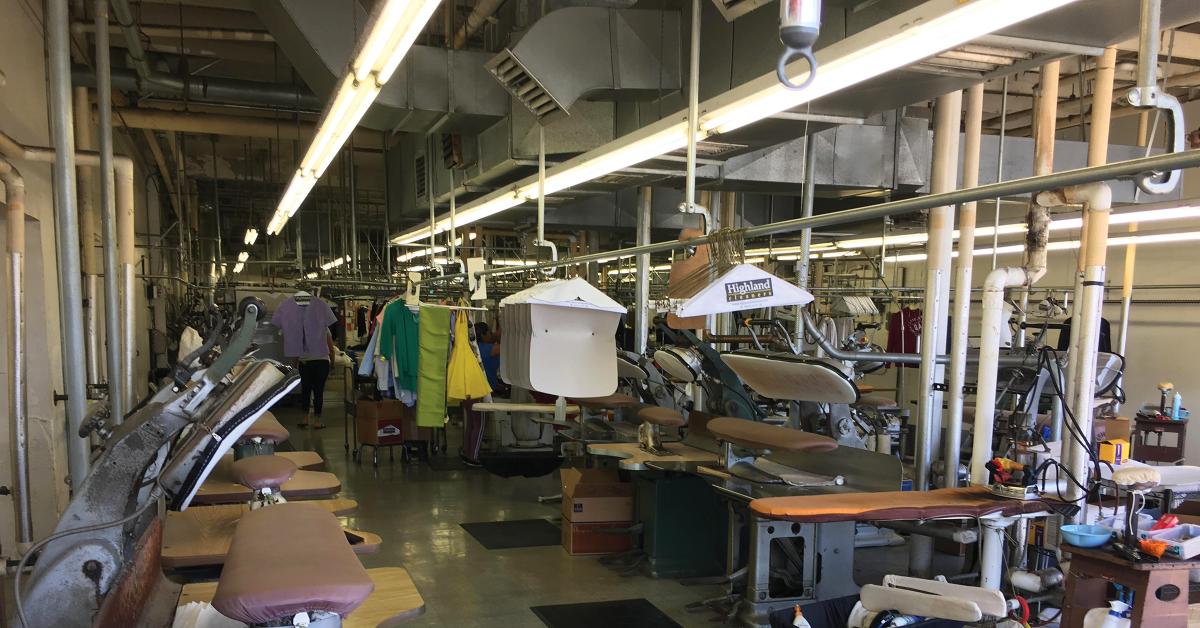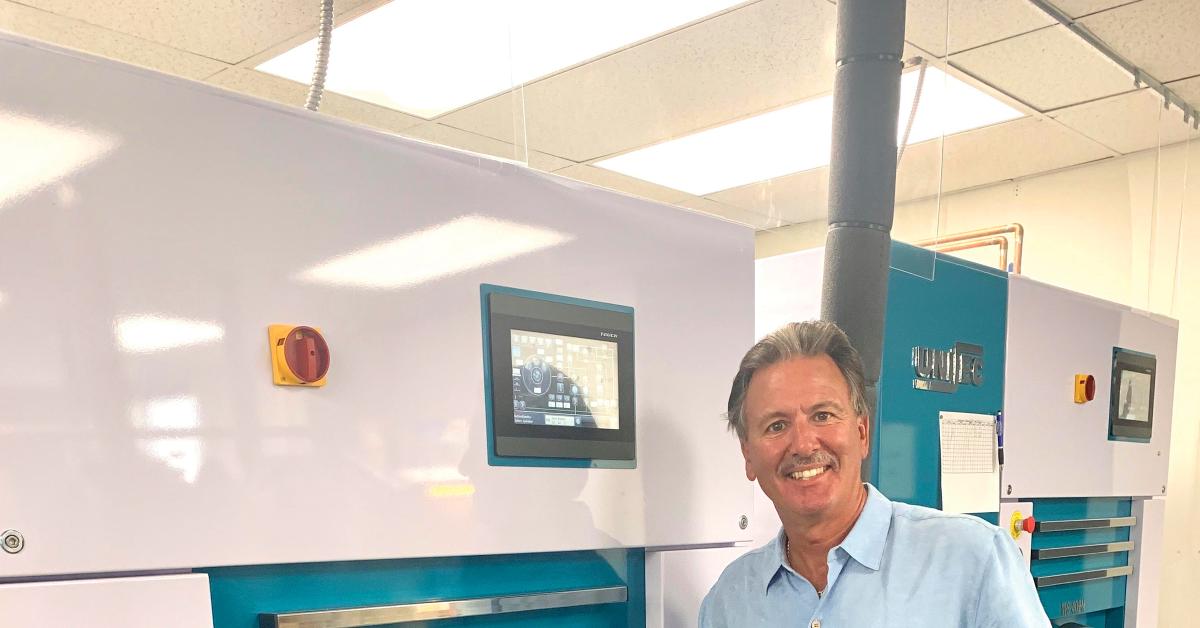CHICAGO — Because machines can make or break a drycleaning business, finding the equipment that is best suited for an operation is key. In this feature, a handful of garment care professionals provide valuable insight and tips when it’s time to purchase a dry cleaner’s bread and butter.
CALCULATING THE PAYOFF
For Highland Cleaners, located in Louisville, Kentucky, the decision to purchase new equipment generally falls into one of two categories, says owner Michael Jones.
“The first is when an existing piece of equipment comes to the end of its useful life. Is the ongoing cost of repair and downtime greater than the cost of replacement?” he says. “The second … is deciding when an upgrade of equipment would dramatically improve quality or reduce costs, usually labor costs and utilities.”
Highland Cleaners, which opened in 1944, is a full-service dry cleaner with 13 locations and just over 100 employees.
Jones says the decision to buy in the current business climate can be a tough one.
“In many cases, until the coronavirus shutdowns, the tight labor market made the purchase of labor-saving equipment very attractive,” he says. “Also, the lack of availability of service and parts for older equipment sometimes forced our hand in replacing old equipment.”
Now, when purchasing new machines, the guiding philosophy for Highland has been choosing manufacturers it believes will be around in 10 years.
“For our last several purchases, we have chosen manufacturers that have a robust network of distributors that can help us service our new equipment,” says Jones. “We have also tended toward manufacturers that are industry leaders in sales, hoping that they will still be here for years to come.”
All the worry associated with a new machine purchase is typically not warranted in the end, according to Jones.
“Like all business owners, I have always sweated big purchases,” he says. “Invariably, a year later, our team always wonders, ‘How did we get by before we bought this?’ I have never regretted any new equipment purchase that made us more labor-efficient.”
Jones recommends calculating the payoff period for new equipment with regard to the cost savings.
“How much labor and other costs will your business save per year with this new equipment?” he says. “If the payout is less than four years, it is a no-brainer.”
UPDATED TECHNOLOGY
When considering a big machine purchase, Philip Cote, owner and president of French Cleaners, West Hartford, Connecticut, says his primary focus is on finding equipment with unique ability and possibly the latest technology in order to create the best outcome for customers.
French Cleaners is a 109-year-old family business that currently employs a staff of 28.
Equipment that takes a lot of maintenance, or breaks down frequently, is highly disruptive to Cote’s business and costly by cutting into production and adding repair expenses.
“I research as much as I can the items I look to purchase, asking for references (from) current users and reach out to my network of other cleaners and suppliers that I know across the country for input,” he says. “Making field trips to see the equipment running firsthand and talking to the actual users of the equipment are always useful. I also reciprocate with many cleaners who want to see my equipment.”
He also looks at operating costs, as the consumption of steam, electricity and water can vary greatly, and any savings in those areas can have a huge impact on total cost. Purchase price is not a big factor in his machine purchasing decisions.
“The largest tipping point for me is the maintenance factor,” says Cote.
It’s important to be specific about your expectations and to ask questions. A piece of equipment may satisfy one business owner’s needs but not another’s.
“For example, speed may be the most important item for one buyer where highest quality of a product may be the priority for another,” he says. “Think about exactly what problems you encountered with your previous equipment that caused you the most frustration and try to eliminate that with your next purchase.”
Before a recent machine purchase, Cote was struggling with solvent odors that lingered on some material.
“My new machine and chemistry allow me now to clean without distillation and without any smells ever,” he says. “It also saves me a lot of energy and, as most cleaners know, the distillation process is where most of the problems occur on a drycleaning machine.”
For new or used equipment, Cote recommends visiting a few different locations that have the machine and talk to the everyday users. Ask them specific questions to get a feel for their frustrations and their accolades.
Manufacturers can provide specifics on equipment operation and capabilities, along with specs and volumes, counts, etc.—distributors also can be helpful in steering you in the right direction—but the users of the equipment are where you get the real insight, says Cote.
“Some salesmen are more knowledgeable than others, and the end-users are the most helpful when spending your hard-earned dollars.”
Click HERE for Part 2 featuring The Belding Group on identifying the tipping point
Have a question or comment? E-mail our editor Dave Davis at [email protected].

